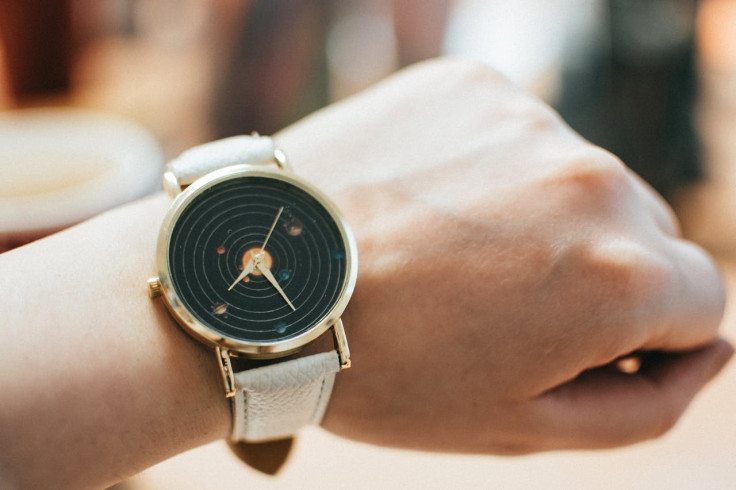
In collaboration with the European Space Agency (ESA), Samsung has unveiled a new Galaxy Time watch face that offers a revolutionary perspective on time and space. This innovative watch face showcases our Solar System in unprecedented detail.
Talk about embracing the name! This new Galaxy Time watch face, featuring a detailed view of our Solar System, matches the "Galaxy" branding. The Galaxy Time watch face transforms Galaxy Watch into a real-time solar system information hub, providing real-time data and a captivating planets display.
The concept of time (also referred to as the fourth dimension) is the same across our solar system, but how each planet experiences time differs due to variations in rotation speeds. While planets like Earth and Mars have a day-night cycle, the length of a "day" on each planet is determined by how fast it spins on its axis.
Likewise, the time it takes for a planet to orbit the sun determines its "year." Since each planet has a unique rotation and revolution rate compared to Earth, their days and years vary significantly. Bringing all that into perspective, this new watch face doesn't just tell time on Earth. It also allows you to explore the individual rhythms of our neighbouring planets.
Galaxy Time: Time travel on your wrist
In its announcement, Samsung attributed the precision of the new Galaxy Time watch face to its collaboration with the European Space Agency (ESA) and its extensive astronomical measurements.
"In this project, "Galaxy" really says it all. Together with ESA, one of the largest partners in space travel, we have developed a watch face that offers Samsung Galaxy users a new and unique way to explore our solar system," says Mario Winter, Vice President Marketing at Samsung Electronics Germany.
Time travel just got easier! Check out the new Galaxy Time watch face that lets you see time on other planets. ⌚️🪐 #Samsung #GalaxyWatch
— Vinay Patel (@VinayPatelBlogs) April 3, 2024
Image credit: Samsung pic.twitter.com/u3upFYnhQR
"With the scientific data provided by ESA to Samsung developers, Galaxy Time users will have the opportunity to effortlessly look beyond our home planet to the planetary neighbourhood on their Samsung Galaxy Watch," the top executive added.
Galaxy Time showcases all eight planets within our solar system, including Venus, Earth, Mars, Jupiter, Saturn and Uranus, providing real-time information about their movements. The watch face features individual dials for each planet, visually representing the variations in their rotation speeds compared to Earth's 24-hour day-night cycle.
This allows the wearer to see how faster or slower time moves on other planets compared to our experience. Aside from this, the watch face provides astronomical data, including distances from Earth or the Sun to neighbouring planets, the number of moons they possess, and even their current planetary seasons and positions within the solar system.
Samsung has announced that Galaxy Time is compatible with all Galaxy Watches running Wear OS, including the Galaxy Watch 4 series and later models. The Korean brand also confirmed that the watch face will arrive in the Google Play Store on March 31, but availability may vary depending on your region.
Samsung has aggressively pushed to be a wearable tech market leader. Last year, the company announced the arrival of the Irregular Heart Rhythm Notification feature for Galaxy Watches. Additionally, earlier reports suggested Samsung planned to integrate its Galaxy AI features into future wearables and health-focused devices.







